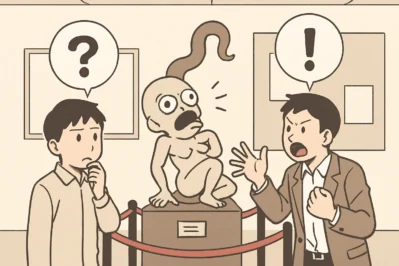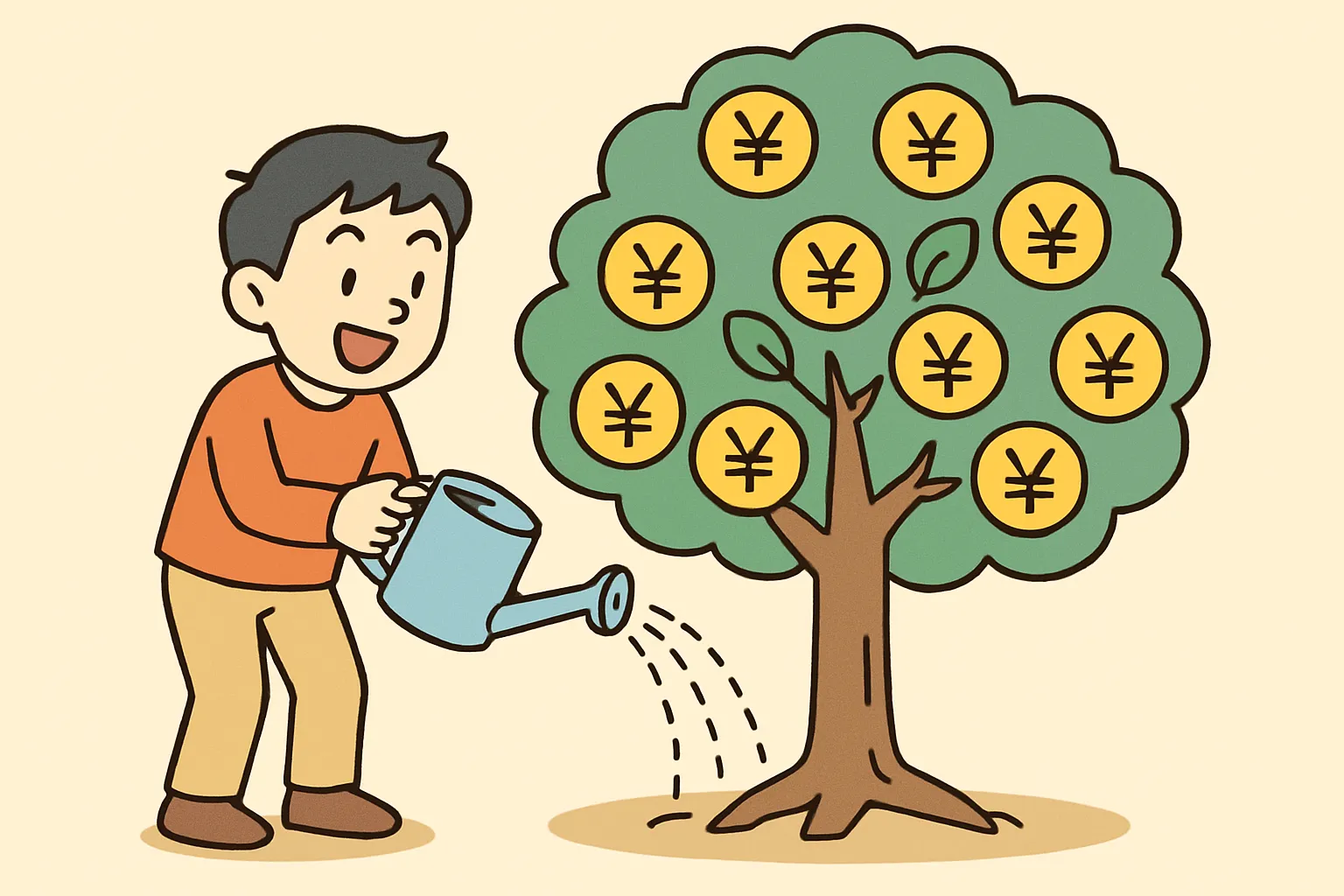Beyond Beauty: How to Debate Controversial Art in Korean
Hello! It’s your favorite Korean language guide, [Maeil Hangeul], here to upgrade your fluency to a whole new level!
Today, we’re diving into the sophisticated world of art criticism. Have you ever stood in front of a modern art piece, completely baffled, and wished you could articulate your complex thoughts in Korean? Or perhaps you’ve wanted to join a heated online debate about a new film or installation? You’re in luck! Recently in Korea, a new media art exhibition has been sparking intense discussions online about the very definition of art. This is the perfect moment to learn how to express your own well-reasoned opinions like a seasoned critic.
Let’s get started!
Core Expressions for Your Inner Art Critic
Here are four essential phrases that will allow you to discuss controversial art with nuance and confidence.
1. -는다는 점에서 논란의 여지가 있다 (-neun-da-neun jeom-e-seo non-ran-ui yeo-ji-ga it-da)
- Romanization: [-neun-da-neun jeom-e-seo non-ran-ui yeo-ji-ga it-da]
- English Meaning: It is controversial in the sense that… / There is room for debate in that…
- Detailed Explanation: This is a highly useful and formal structure for pinpointing the exact reason for a controversy. It shows you’re not just giving a simple opinion but are analyzing the specific point of contention. It’s perfect for structured arguments, academic writing, and sounding incredibly intelligent in a discussion. You attach it to a verb or adjective clause that describes the problematic aspect.
2. 미학적 가치를 논하기에 앞서 (mi-hak-jeok ga-chi-reul non-ha-gi-e ap-seo)
- Romanization: [mi-hak-jjeok ga-chi-reul non-ha-gi-e ap-sseo]
- English Meaning: Before discussing its aesthetic value…
- Detailed Explanation: This sophisticated phrase allows you to steer the conversation from purely visual or artistic merit to other important aspects, such as ethics, social impact, or the artist’s message. Using this shows that you have a multi-faceted approach to criticism. The grammar pattern
-기에 앞서means “prior to doing X,” adding a formal and logical flow to your argument.
3. 의도를 감안하더라도 (ui-do-reul gam-an-ha-deo-ra-do)
- Romanization: [ui-do-reul gam-an-ha-deo-ra-do]
- English Meaning: Even taking the (artist’s) intention into account… / Even considering the intent…
- Detailed Explanation: This is the ultimate tool for a balanced argument. It allows you to acknowledge a potential counter-argument (the artist’s good intentions) before presenting your own criticism. The grammar
-(으)ㄹ지라도or더라도expresses concession. It signals that you’ve thought deeply about the topic from multiple angles, making your opinion more persuasive.
4. 파격적인 시도라고 평가받다 (pa-gyeok-jeo-gin si-do-ra-go pyeong-ga-bat-da)
- Romanization: [pa-gyeok-jjeo-gin si-do-ra-go pyeong-ga-bat-tta]
- English Meaning: To be evaluated as an unconventional/radical attempt.
- Detailed Explanation: This phrase is frequently seen in art reviews and critical essays.
파격적means “unconventional,” “shocking,” or “rule-breaking.”평가받다is the passive form of “to evaluate.” You can use this to describe how a work is generally perceived by the public or critics, whether you agree with that assessment or not.
Sample Dialogue: At the Gallery
Let’s see how these expressions work in a real conversation. Sujin and Minjun are at the National Museum of Modern and Contemporary Art (MMCA) in Seoul, standing before a much-debated installation piece.
- A (Sujin): 이 작품, 온라인에서 정말 말이 많던데. 민준 씨는 어떻게 생각해요?
(This piece is being talked about so much online. What do you think, Minjun?) - B (Minjun): 음… 작가의 의도를 감안하더라도 너무 자극적이기만 한 것 같아요. 미학적 가치를 논하기에 앞서 윤리적인 문제가 먼저 제기될 수밖에 없죠.
(Hmm… Even considering the artist’s intent, I feel it’s just overly provocative. Before we can even discuss its aesthetic value, ethical questions are bound to be raised first.) - A (Sujin): 맞아요. 공공의 자금을 사용했다는 점에서 논란의 여지가 있네요. 어떤 사람들은 이걸 파격적인 시도라고 평가하지만, 저는 좀 불편하게 느껴져요.
(I agree. It’s controversial in that it used public funding. While some evaluate it as a radical attempt, it just makes me feel a bit uncomfortable.) - B (Minjun): 동감이에요. 예술의 경계가 어디까지인지 다시 생각해보게 되네요.
(I feel the same way. It really makes you reconsider the boundaries of art.)
Culture Tip & Trend Deep Dive
In Korea, intellectual and cultural debates are very active, especially online. When a new film like “Parasite” or a controversial TV drama airs, forums and social media platforms explode with detailed analyses from ordinary people.
- The Art of Balanced Criticism: In Korean discourse, simply stating “I don’t like it” can sound unsophisticated. Using phrases like
의도를 감안하더라도(even considering the intent) or presenting both positive and negative points (-는 점은 긍정적이지만, 다른 한편으로는...– “The fact that… is positive, but on the other hand…”) is highly valued. It shows that you are a thoughtful and logical person. - “K-Critique” in Action: You’ll see these exact expressions used by film critics on YouTube channels, in newspaper editorials about new architecture, and even in heated fan debates about a K-pop group’s “파격적인” new concept. Mastering them means you can participate in these high-level cultural conversations.
Wrap-up & Practice!
Today, we learned four powerful expressions to help you articulate your views on complex and controversial art. You can now pinpoint the problem (-는다는 점에서 논란의 여지가 있다), shift the focus (미학적 가치를 논하기에 앞서), offer balanced criticism (의도를 감안하더라도), and reference public opinion (파격적인 시도라고 평가받다).
Now it’s your turn to be the critic!
- Fill in the blank:
그 아이돌의 뮤직비디오는 특정 문화를 왜곡해서 보여준다는 ______ 논란의 여지가 있다.
(That idol’s music video is controversial ______ it presents a distorted view of a specific culture.) -
Sentence Building:
Think of a film or song you know that was very unconventional. Using파격적인 시도라고 평가받았다, write one sentence describing how it was received.
Let us know your thoughts! What’s a piece of art (a film, a song, a painting) you’ve found controversial? Try explaining why using today’s expressions in the comments below! We’d love to read your critiques.






